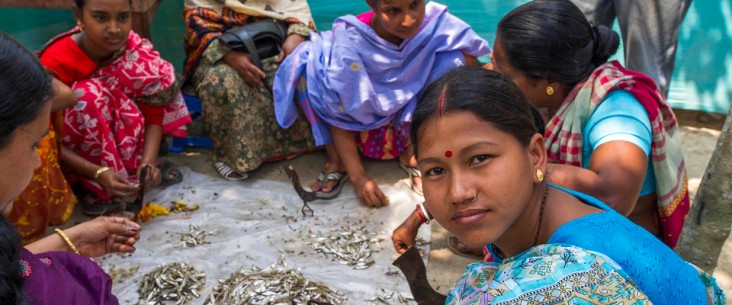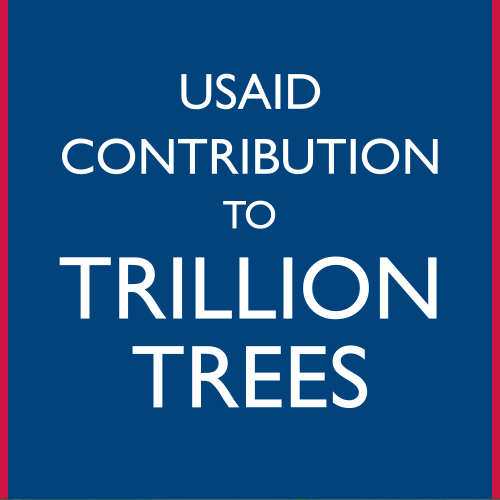- What We Do
- Agriculture and Food Security
- Democracy, Human Rights and Governance
- Economic Growth and Trade
- Education
- Environment and Global Climate Change
- Environmental and Natural Resource Management Framework
- Global Climate Change
- Conserving Biodiversity and Forests
- Sustainable Urbanization for Global Progress and Security
- Securing Land Tenure and Property Rights for Stability and Prosperity
- Sustainable Land Management
- Environmental Procedures Hub
- Knowledge Management for Environment and Natural Resources
- Tropical Forest and Coral Reef Conservation Act
- Environmental Policy Roadmap
- Gender Equality and Women's Empowerment
- Global Health
- Humanitarian Assistance
- Transformation at USAID
- Water and Sanitation
- Working in Crises and Conflict
- U.S. Global Development Lab
Speeches Shim

“Biodiversity, environmental resilience, and natural resource management touch every part of our Agency’s work—and every corner of the globe.”
— FORMER ADMINISTRATOR MARK GREEN
Conservation is an American tradition that creates and sustains economic opportunity and protects the plants, animals, and natural places that communities need to thrive. By investing in the world’s priority biodiversity areas, USAID helps the world’s most vulnerable people grow nutritious food, build peace, and commit to good governance of the environment.
Through a long-term partnership between USAID and the Northern Rangelands Trust, 71,000 people in Northern Kenya have received economic benefits from conservancy-funded projects and elephant poaching has decreased in the area by as much as 77 percent.
Guided by the Agency’s Biodiversity Policy and Environmental and Natural Resource Management Framework, USAID works in more than 50 countries to conserve biodiversity, leverage private sector funds, fight conservation crime, and support sustainable fisheries. USAID’s work is more critical than ever: Nature is declining at unprecedented rates in human history and an estimated 1 million plant and animal species face extinction. Declines in biodiversity and ecosystem services threaten to undermine progress toward many global development goals for poverty, hunger, health, oceans, and land.
USAID invests in biodiversity and forestry conservation because:
- Approximately 1.6 billion people worldwide rely on forests for their livelihoods, especially the rural poor.
- Biodiversity loss increases risks of disease and poor nutrition.
- Environmental sectors, like forestry and fisheries, are important entry points for women’s economic empowerment.
- Biodiversity keeps soils fertile, agricultural pests in check, and provides pollinators that sustain and improve food productivity.
- Environmental crime fosters corruption in rural communities, reducing safety and opportunities for legal livelihoods.
In Mozambique, USAID has helped to restore and protect Gorongosa National Park since 2008. With Agency support, the park is becoming a new model for wildlife conservation and community development. Wildlife populations are rebounding, community members have better access to education and livelihoods, and six women recently made history by becoming the park’s first female rangers. Watch “Our Gorongosa” to learn more about this work.
Looking for tools and guidance related to USAID biodiversity programming? Visit the Agency’s global knowledge portal to advance USAID’s Biodiversity Policy, the Biodiversity Conservation Gateway


Comment
Make a general inquiry or suggest an improvement.